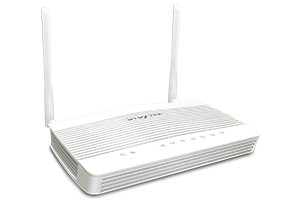What is Wireless WAN?
It's a feature available in selected models with a built-in wireless interface. It allows the secondary WAN operating on the wireless interface instead of the Ethernet port. In this way, the router can act as a wireless client, connect to a Wi-Fi network, and use its Internet access as one of the WAN links. Moreover, the router can still accept wireless clients and providing Wi-Fi services.

Get Online from Any Hotspot
Connecting over Wi-Fi, the router can get wireless Internet access from plenty of choices.

Personal Hotspots on Smartphones

Portable Wi-Fi Hotspot

ISP's Wireless Hotspots

Private Wireless Network

Emergency Broadband Backup Solution
During Internet outages, the router can connect to a personal hotspot set up on smartphones, and the Internet service continues for the whole network as long as there is a working cellular data connection. Wireless WAN could be the quick solution when the fixed line service goes down unexpectedly.










